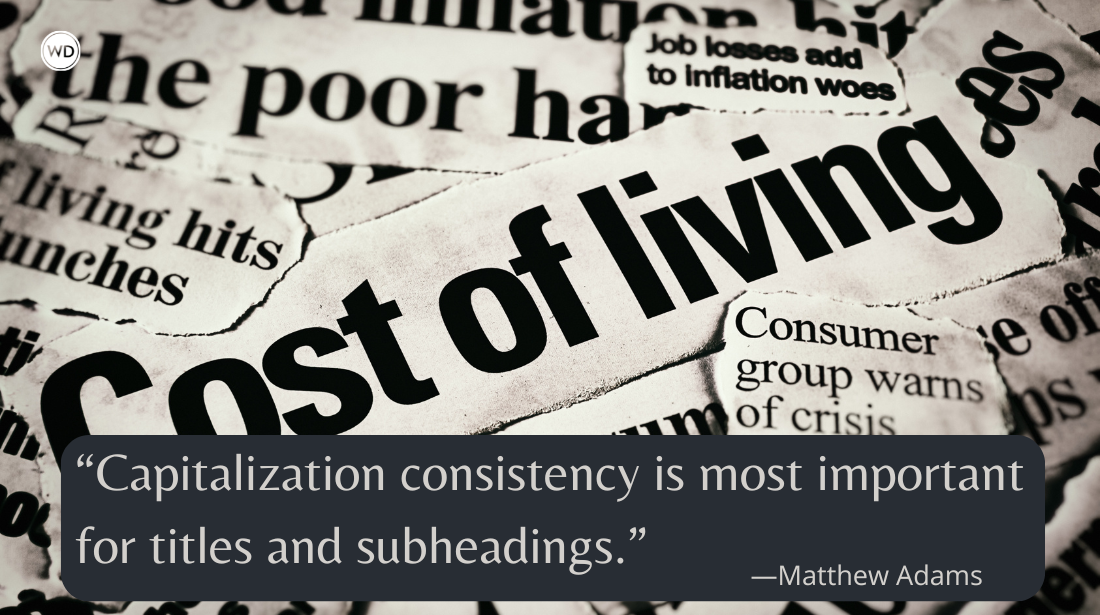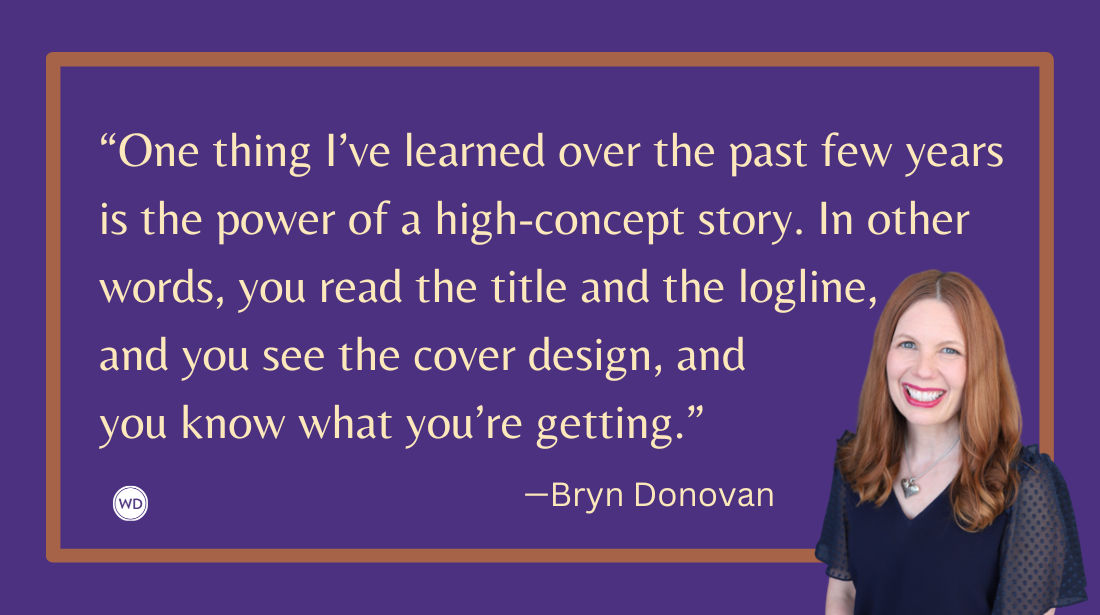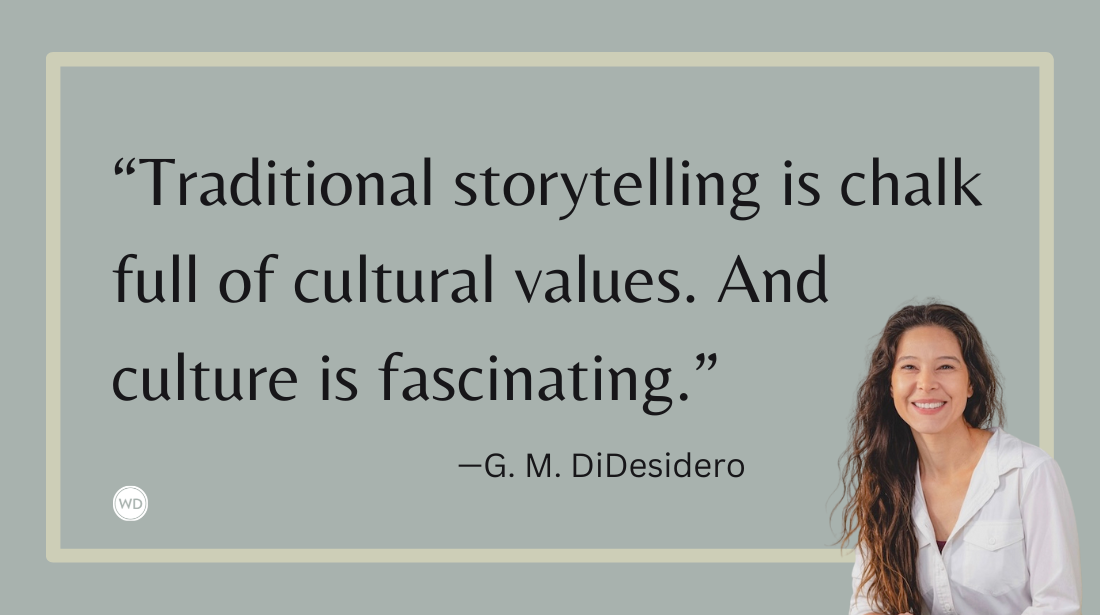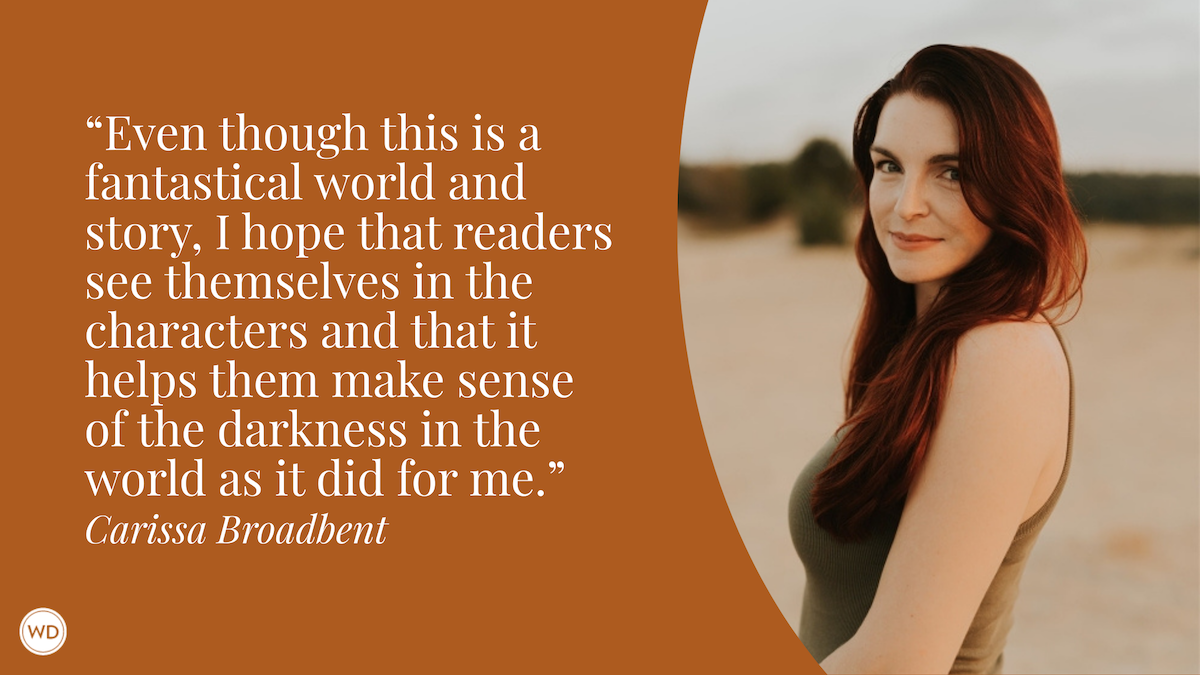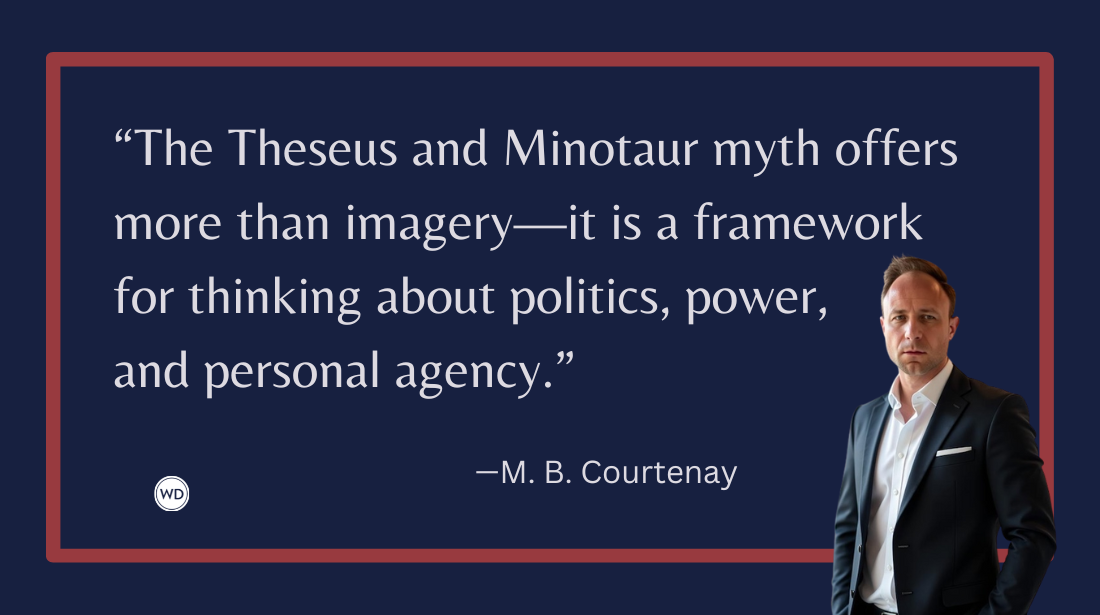Five Reasons to Write Flash Fiction: Understanding the Literary Love Child of the Short Story and Poetry
In this article, award-winning author Nancy Stohlman breaks down the difference between flash fiction, prose poetry, and short stories and explains what keeps readers on the hook.
Let me take you back to 2008. I’d been writing flash fiction for about a year, and I had just started a flash fiction press, Fast Forward Press, with some equally excited colleagues. On the back of our first anthology, Fast Forward, we wrote this: “We believe we have the answer for perpetually diminishing attention span: a story under 1,000 words.”
Now, 12 years later, if you were to ask me whether flash fiction was the answer to diminishing attention spans, I would say no.
In fact, now, after being an advocate of the genre for a dozen years, I would say one of the biggest myths about flash fiction is that it is somehow catering to a short attention span crowd, serving up a fast-food version of literature to suit today’s busy lifestyle.
Because if that were the case, then why isn’t everyone reading poetry?
No, sitting at the intersection of the novel and poetry is the strange, wonderful, hybrid form now being called flash fiction. One of the most misunderstood forms, flash fiction is indeed changing the experience of literature—but not in the way you might think.
[WD uses affiliate links.]
Let’s first distinguish flash fiction from its cousins, the short story, which is a prose narrative but longer, and prose poetry, which is a poem using sentences. Flash fiction is the fusion of these forms, the synergy of opposites. And like a love child, it takes the best from its parents; it masters both the narrative arc and tension of the novel with the distilled essence and careful language of poetry.
A bonsai tree of form, carefully pruned, the flash story is a tiny marvel, pushing creative inventiveness through its use of constraints, its mastery of both prose and poetry, and its cultivation of a new crossover reader.
Creativity thrives within constraints
Embracing the constraint is the true gift of flash fiction. Interesting things bulge against boundaries. From sonnets to prompts—even deadlines—many writers find they produce their best work when pushing against a constraint: you can only paint with the color green, you must finish a film in 48 hours, you have to write a story without using the letter E. Beethoven wrote his most important symphony when he was deaf. The constraints of flash fiction have inspired writers to cultivate an entirely new set of skills and write a new kind of story.
Flash fiction masters precision of language
Like poetry, flash fiction pays careful attention to every word. There are no throwaways; every sentence must be absolutely essential to the story. In fact, when we’re writing flash fiction it’s often about uncovering and “finding” the story, learning how to prune it, get rid of the bramble. And while I adore lush descriptions, there’s a huge difference between 100 roses stuffed together in one vase and the exquisite beauty of a single rose. The single rose takes on a new significance. It becomes the world because it must.
Flash fiction both masters and reinvents the narrative arc
Flash fiction has created a new sort of genre freedom with only one rule: Tell us a story in 1,000 words. I don’t care how you do it. Just make it work. As a result, flash fiction stories are attempting contortions that wouldn’t work elsewhere, and many of the joys of both writing and reading flash fiction are the literary acrobatics that happen when plots are forced to bend in such small spaces. Flash stories can be circular, change tenses or points of view, be told as monologues or in a found form, be told backward or completely in dialogue. A flash story might be one long circular breathless sentence. We are telling stories that could not be told in any other form.
Flash fiction is creating a new kind of reader
Good flash fiction is a collaboration with the reader—they become a co-creator in our writing process. We toss them clues, and, like a bloodhound, they follow. In this way, flash fiction requires a more sophisticated reader, demanding them to “pay close attention”—every sentence, every word takes on a new significance, if only for the limited number of them. The reader must jump the gaps, fill in the blanks, follow the breadcrumbs, and inhabit the purposeful spaces left by the writer. This means that flash fiction is cultivating a new symbiosis between writer and readers, on and off the page.
And finally:
Creating something tiny requires advanced skills
One of the reasons people love flash fiction is because there is something awe-inspiring about the miniature: the Mona Lisa painted on a grain of rice, a sculpture of Charlie Chaplin balanced on an eyelash. When done correctly, tiny is part of the art. It requires more expertise and precision from the writer, not less.
So, unlike my own early assumptions, people don’t read or write flash fiction because they’re in a hurry or have short attention spans or don’t have time for “real” literature. And people don’t write flash fiction because they don’t have the skills or patience for other genres.
We write and read flash fiction on purpose.
Nancy Stohlman is the author of six books including After the Rapture (2023), Madam Velvet’s Cabaret of Oddities (2018), The Vixen Scream and Other Bible Stories (2014), The Monster Opera (2013), Searching for Suzi: a flash novel (2009), and Going Short: An Invitation to Flash Fiction (2020), winner of the 2021 Reader Views Gold Award and rereleased in 2022 as an audiobook. Her work has been anthologized widely, appearing in the Norton anthology New Micro: Exceptionally Short Fiction and The Best Small Fictions 2019, as well as adapted for both stage and screen. She teaches at the University of Colorado Boulder and holds workshops and retreats around the world. Find out more at nancystohlman.com.




